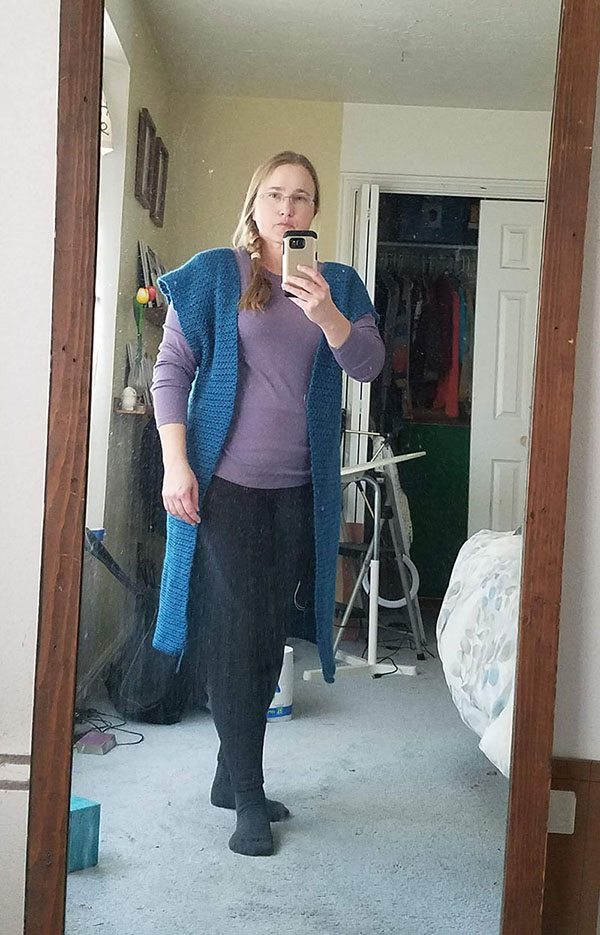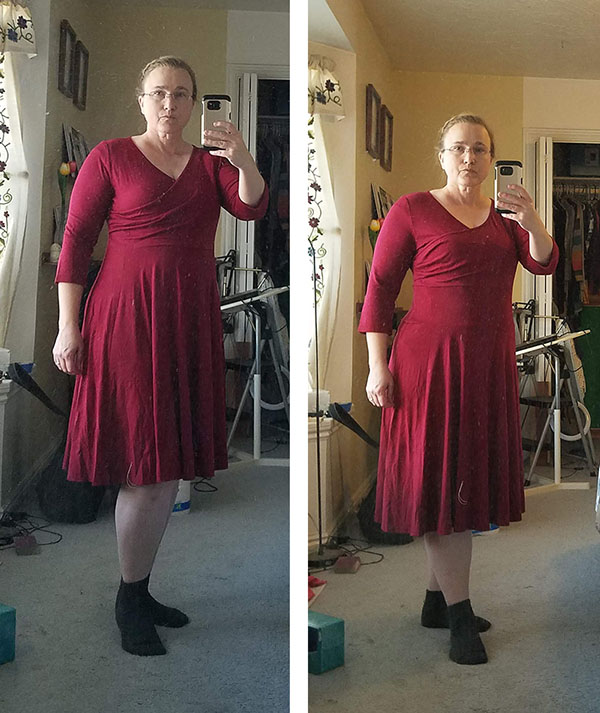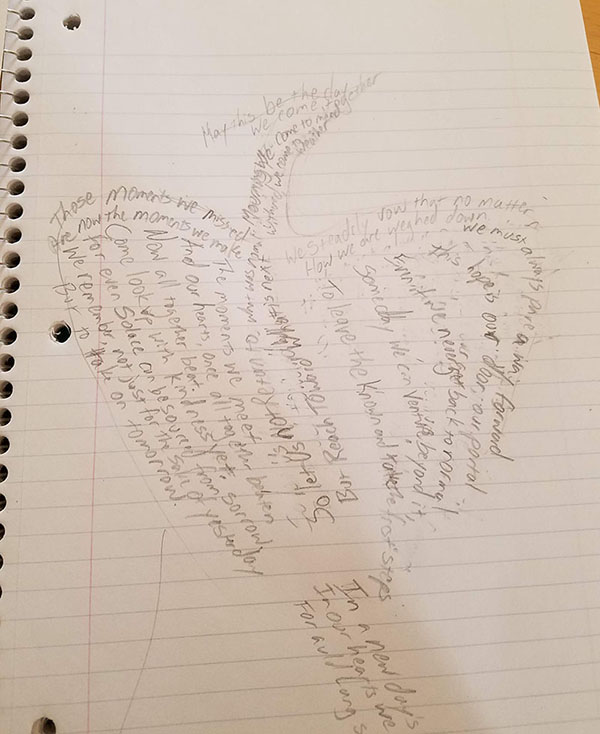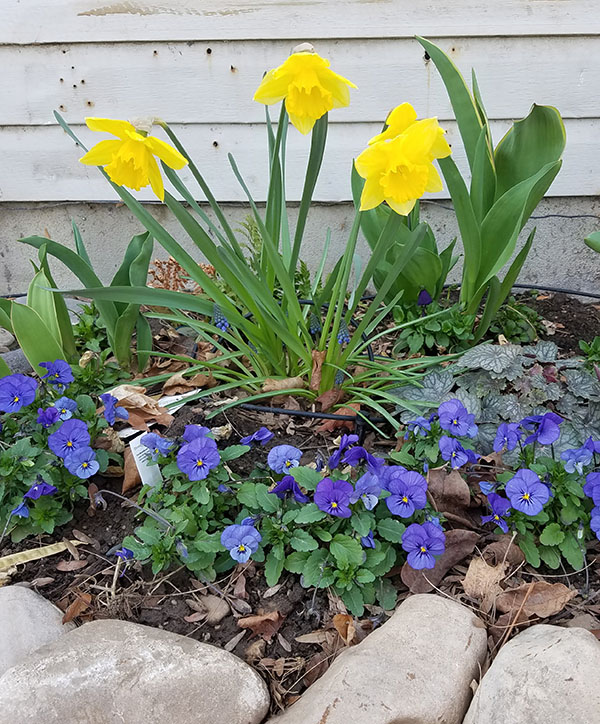The Return of Crafting
For more than six months now I’ve had crafting efforts on the back burner. I had no intention of moving them off that burner in January because I intended to focus on re-drafting my middle grade novel, House in the Hollow and on house projects like preparing to move the kitchen door. To my surprise, crafting showed back up anyway these past couple of weeks. I’m not at all sure why. Particularly since I spent the first ten days of January feeling very defeated. Even without understanding why, I can celebrate the return of small projects that have no purpose other than personal joy. So I’m going to celebrate progress, even though none of these projects is finished.

I started this cardigan project sometime last year. I feel like it may have been last January, so most of what you’re looking at is last year’s work. But in the past couple of weeks I finished the back panel and joined everything together. The pattern I’m working from has sleeves, but I’m feeling discouraged about my first attempt at making a sleeve. Also I think I like how it looks and feels sleeveless. So I’ve switched to working on the ribbed collar that runs down the entire front of the cardigan. One problem with it is that it feels too tight/constrained below my waist. I may either disconnect the sides from the hips down so that it has slits, or might crochet triangle sections to make it more swooshy. But first I want to get the collar on and see how that looks.

I have several of these dresses and I love them. They are super comfortable and are excellent for dressing up with accessories. My only complaints about them are that I feel like the waistline hits too high on me, and I wish the skirts were a few inches longer. (I prefer tea length in dresses.) So I decided to deconstruct one of the dresses and add in a panel to elongate and emphasize my waist. In this side-by-side picture (if you squint) you can see that four hours of work turned a perfectly wearable dress with a few irritations into a slightly longer wearable dress with different irritations. I’m not completely happy with what I’ve got yet. The waist panel needs to start higher up on the dress. Also I discovered that I couldn’t put the bottom of the waist panel as low as I had intended without emphasizing some body shape that I would prefer to de-emphasize. So I’ve got lots of unpicking and resewing in my future. But first I want to wear the dress as it is to see if the added length of skirt is as happy as I hope it will be. The length doesn’t look that much different in the photos, but it feels different.

Several years ago I played with the idea of creating images out of words. That idea has been calling to me again and seems like an excellent thing to combine with poetry. Eventually I want to get to the place where I am writing original poems and executing the shapes with calligraphy. I decided to practice concepts using Amanda Gorman’s poem A New Day’s Lyric. This process lets me really delve into the beauty of that poem and internalize the words and ideas in a way that I’m really enjoying. Using excerpts from the poem, I now have the rough shape of a phoenix. I need to re-pencil on a larger piece of paper. Then I can break out my calligraphy markers and start shaping the lines of words. Ideally I’ll render the final piece in reds, oranges, yellows, and browns. So I’ll have to figure out which colors add to the clarity and message of the words. I suspect I’ll have to re-draft and re-draw this a dozen times before I am happy with it. All of which appeals to me, because the point of the piece is practice, not the end result.
The thing I can’t easily post a picture of is my progress on House in the Hollow. I’m about 8500 words into my re-drafting process. All of those words have happened since January first. That is slower than I wanted. I was hoping to do a thousand words a day, but it is more progress than I’ve had in the past two years combined, so I’m feeling triumphant about it anyway. I’m aiming for 60,000 words, so I’m barely started. Slow and steady moves me forward.
